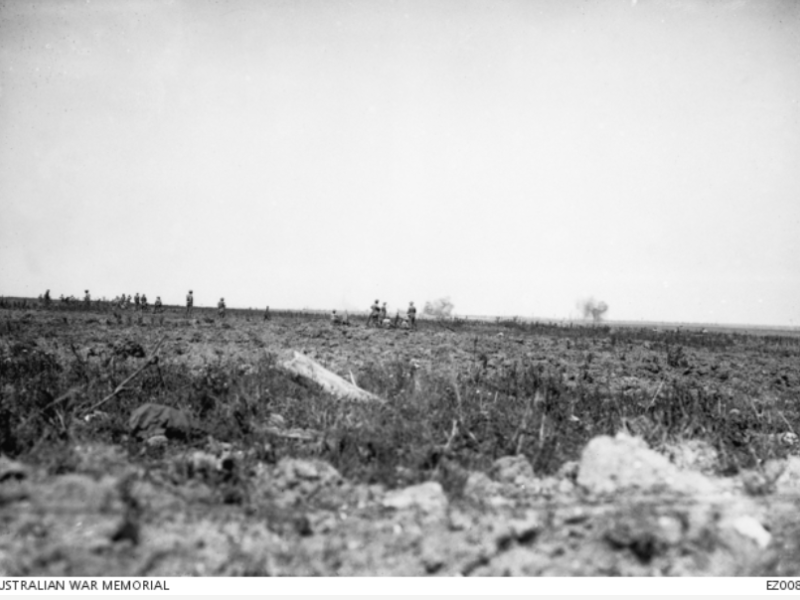Private Richard Snell, 51st Battalion, AIF
Richard Snell, known as “Dick”, was born in 1895 in Allendale, Victoria, the son of Richard and Catherine McCubbin. When he was a small child the family moved to Western Australia. They were living in Mundaring when his sister Nellie was born in 1900. Nellie died two years later, after eating poisonous berries. By that time the family were living in Midland Junction, where they remained settled.
Richard was educated at the Midland Junction State School, and after completing his education took up an apprenticeship as a printer’s machinist. He was “held in affectionate regard by every member” of the staff of his paper, the Camp Chronicle, based in Midland Junction.
Dick Snell served with a field engineer unit of his local citizens militia for a number of years, and had been trained as a signaller. He enlisted in the Australian Imperial Force in December 1915 and, apparently frustrated by the delay further signals training would mean for his arrival on the battlefield, opted to go into the infantry.
Private Snell left Fremantle on 12 February 1916 on board the troopship Miltiades with reinforcements to the 28th Battalion.
Snell was first sent to Egypt, where the AIF was undergoing a period of expansion and reorganisation following the withdrawal from Gallipoli. As part of this process, he was transferred to the 51st Battalion, and after more training in the desert, left for France and the battlefields of the Western Front in June 1916.
The 51st Battalion moved into the trenches in a quiet sector of the line within two weeks of arriving in France. Snell wrote home saying that he was “a member of a battalion intelligence platoon … [carrying out] the hazardous duties of patrolling No Man’s Land at night.”
The 51st Battalion would not participate in a major offensive action until August, when it took part in operations near Mouquet Farm, a fortified German position north of the French village of Pozieres.
On 14 August 1916, the 51st Battalion was hit by a German counter-attack that hit Australian lines before their own operation began. After the situation had settled, Private Richard Snell was missing.
Later investigations uncovered the fact that Dick Snell had been moving along a communication trench just behind the front line at some point on 14 August when a piece of shell struck him in the back of the head. He was killed instantly.
Private Richard Snell’s body was lifted out of the trench to make way for more men, but it was later recovered from the battlefield and buried. Today he lies in the Pozieres British Cemetery at Ovillers-la-Boiselle, not far from where he was killed. He was 21 years old.
Meleah Hampton, Historian, Military History Section
Image: Australian infantry watching the artillery bombardment of Pozieres, August 1916

 Australian War Memorial
Australian War Memorial